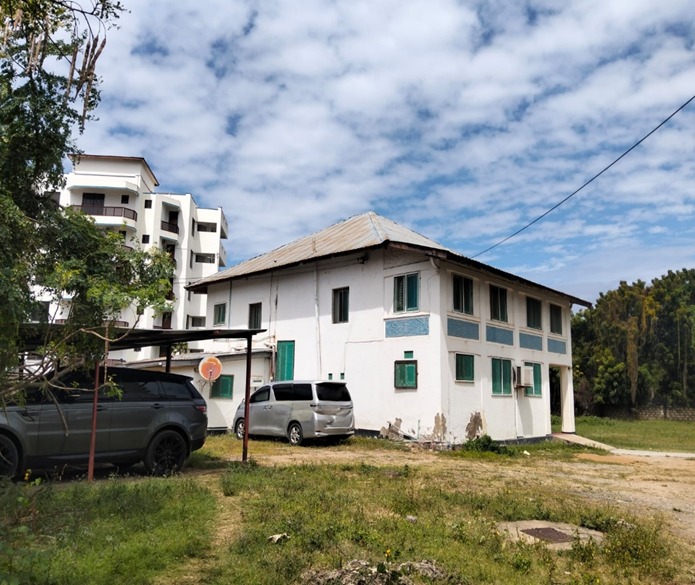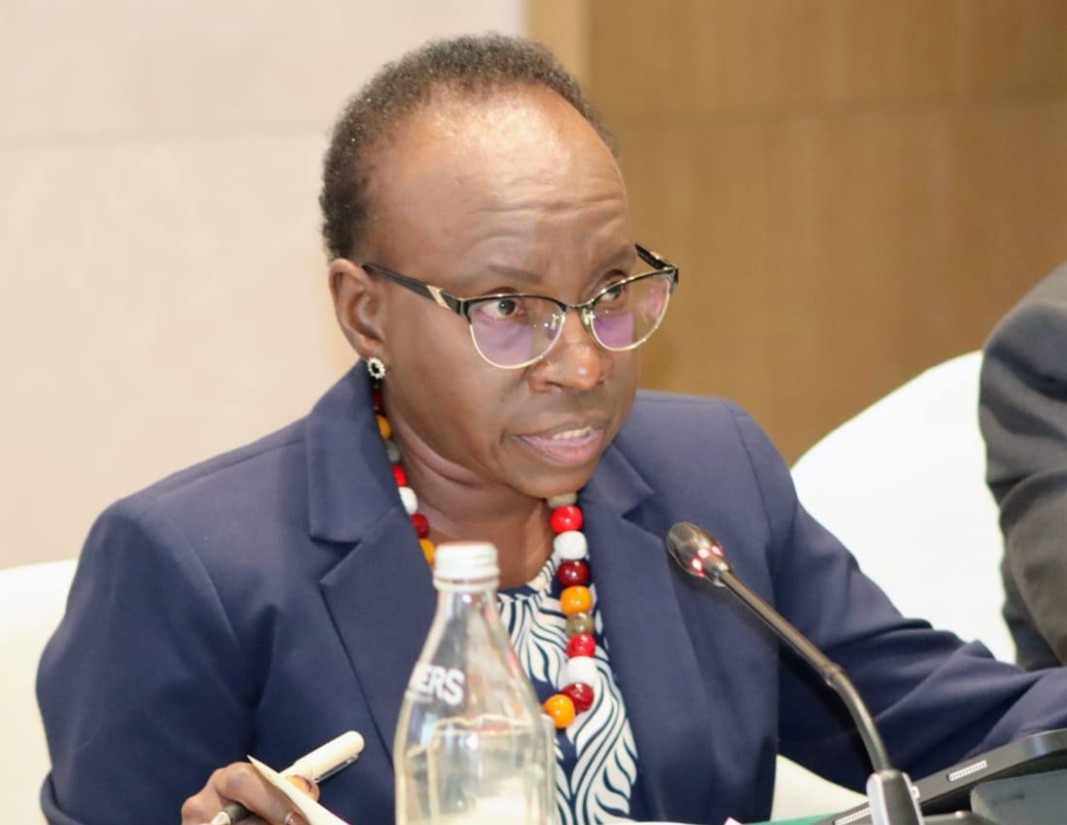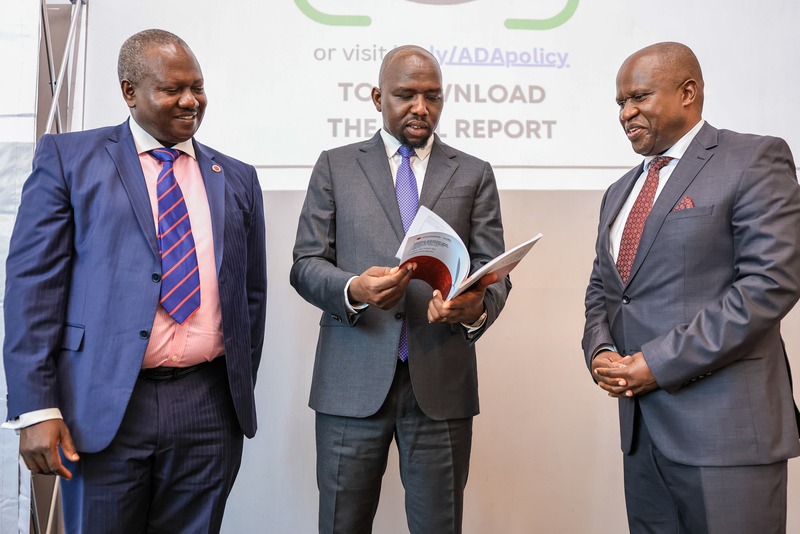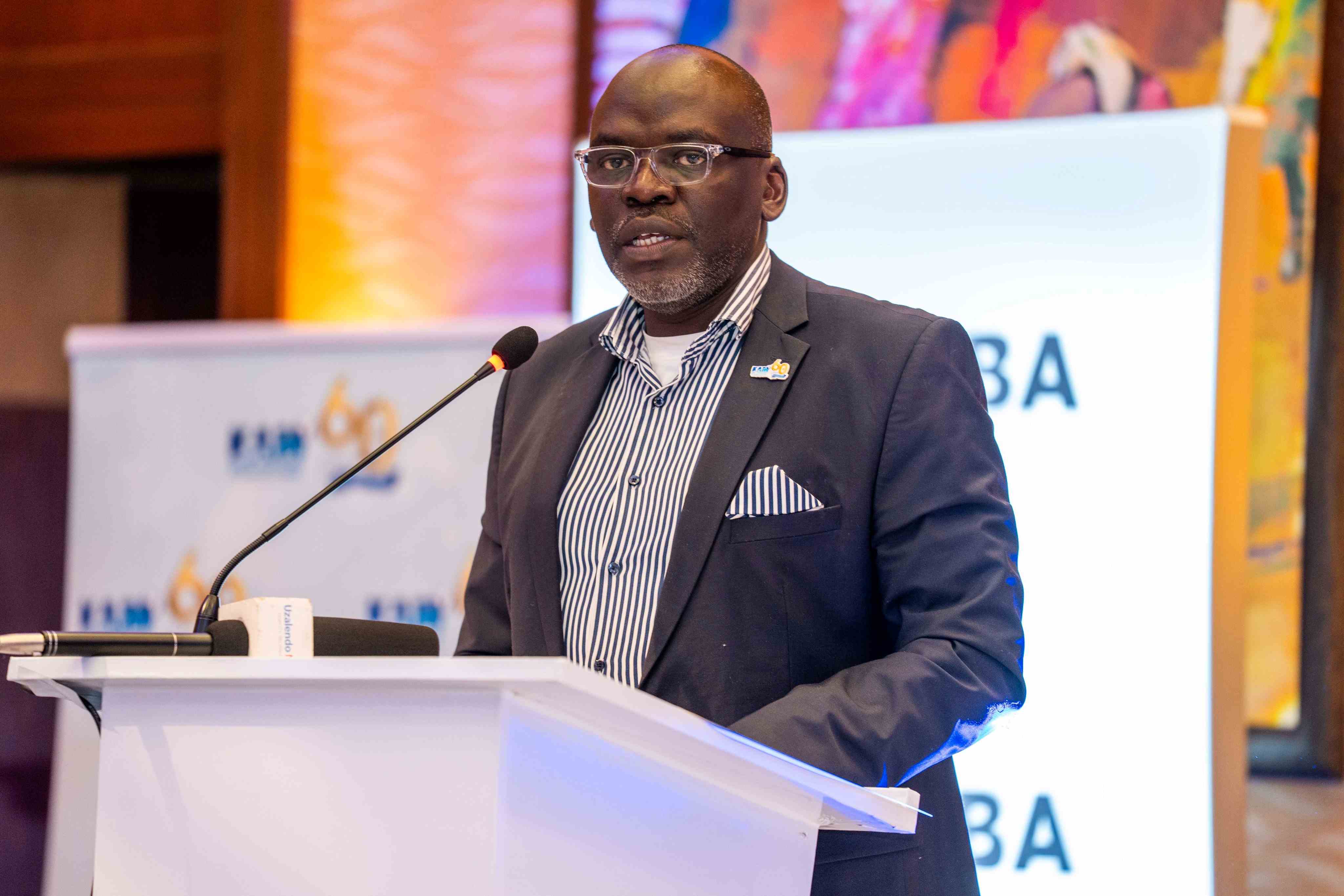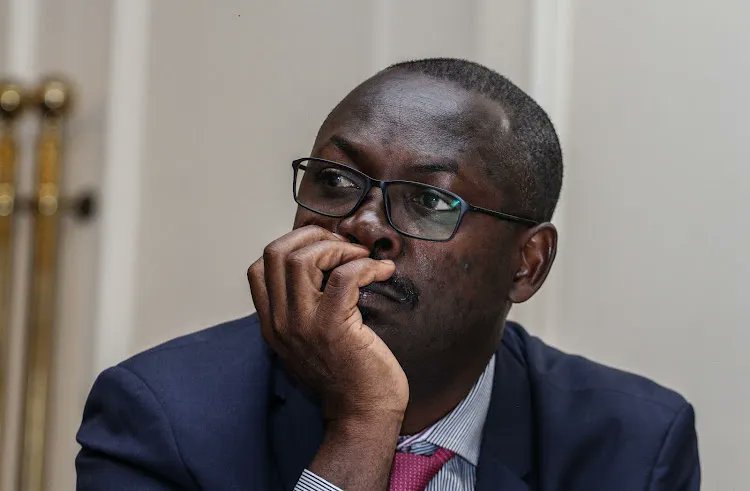Schools risk closure as capitation delay enters second month
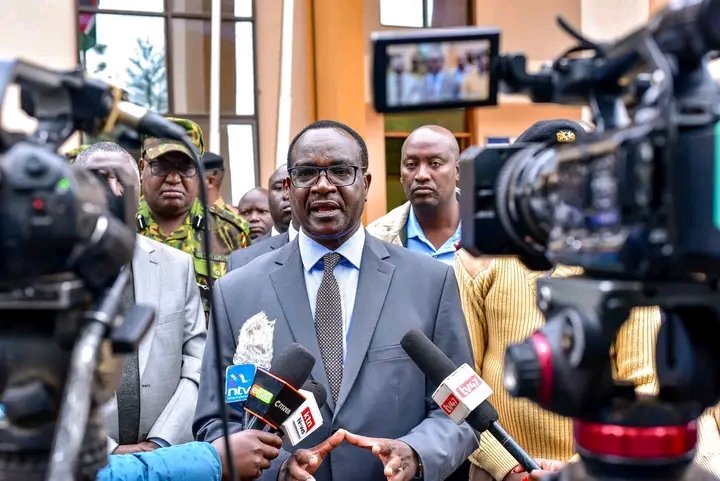
The Kenya Secondary Schools Heads Association (KESSHA) has warned that if the funds are not released soon, schools may be forced to send learners home, risking widespread disruption of the academic calendar.
Public schools across the country will this week enter the second month of Term Two without receiving any government capitalisation funds, deepening an already dire financial crisis that has paralysed operations in many institutions.
The Kenya Secondary Schools Heads Association (KESSHA) has warned that if the funds are not released soon, schools may be forced to send learners home, risking widespread disruption of the academic calendar.
More To Read
- Section of Nairobi MPs defend reduced school capitation, blame budget strain, rising enrolment
- Education Ministry denies capitation cuts amidst funding confusion
- Ruto affirms commitment to free, quality primary and secondary education despite budget strain
- CS Mbadi fires back at critics over school capitation shortfall, pins blame on Parliament
- Education CS Julius Ogamba put to task over Sh1.3 billion 'ghost school scandal'
- State slashes secondary school capitation to Sh16,900 per learner, citing financial unsustainability
Despite repeated government assurances that the capitation would be disbursed at the start of the term, no funds have reached schools, exacerbating a financial strain that education stakeholders describe as one of the worst in recent years.
The delay adds to a growing list of unmet promises from the Ministry of Education, raising serious questions about the government’s priorities, especially at a time when the ministry announced the rebranding of the National Education Management Information System (NEMIS) to the Kenya Education Management Information System (KEMIS).
While the ministry insists that the upgraded platform is vital for data-driven decision-making, many stakeholders say it is an unnecessary expense amid more pressing concerns in schools.
Stakeholders have questioned the practicality of investing in the KEMIS, arguing that the platform offers little help to schools struggling with basic needs such as food, electricity and student retention.
KESSHA chairman Willy Kuria echoed the frustration, warning that the situation was becoming unsustainable.
“We have done everything possible to keep schools running, but without funds, it’s only a matter of time before some schools grind to a halt. We are operating in survival mode,” Kuria told The Standard on Saturday.
The capitation crisis has forced schools to increasingly shift the financial burden onto parents, despite ministry directives prohibiting the imposition of unauthorised levies.
Parents, already grappling with the high cost of living, now say they feel abandoned by the government.
“We are being asked to contribute to everything: repairs, security, even toilet paper. The government promised free education. What we are seeing is anything but that,” National Parents Association chairman Silas Obuhatsa said.
Crackdown
In January, Education Cabinet Secretary Julius Ogamba had pledged a crackdown on unauthorised levies, directing field officers to ensure schools adhered strictly to approved fee structures.
However, four months later, schools continue to charge extra, often rebranding fees as “development” or “emergency” contributions. No action has been taken against school heads reported to be flouting the directive.
Even as funds remain delayed, school heads have revealed that the actual capitation amounts received have been gradually slashed, making it harder to run institutions.
“You can’t run a school with good intentions. We are not just managing learning—we are paying support staff, buying lab reagents, and maintaining infrastructure. And all this costs money,” Kuria said.
Among the unfulfilled pledges is the restoration of the capitation amount to Sh22,244 per learner, up from the current Sh17,000. The increment was first announced by former Education CS Ezekiel Machogu two years ago, but it has yet to be honoured.
Teachers have also been caught in the crosshairs of what many now describe as the state’s neglect of the education sector. Hospitals have started turning away teachers after the government reportedly failed to remit contributions to the AON-Minet medical scheme.
“Teachers are being forced to pay cash for medical treatment despite deductions from their pay slips. It’s demoralising and dangerous,” Kenya Union of Post Primary Education Teachers (KUPPET) Secretary General Akello Misori said during a recent press briefing.
Adding to the woes is a controversial proposal by Prime Cabinet Secretary Musalia Mudavadi to slash hardship allowances by de-gazetting some of the existing 44 hardship zones. The move has provoked a backlash from teachers’ unions.
“This government is undermining those working in the most difficult conditions. What message are we sending to teachers sacrificing daily to serve in arid and insecure areas?” Kenya National Union of Teachers (KNUT) Secretary General Collins Oyuu posed.
Meanwhile, the Teachers Service Commission (TSC) has come under fire for burdening teachers with non-teaching duties while ignoring key issues such as recruitment transparency and staff shortages.
“We are seeing cases of political interference in teacher recruitment—MPs giving out appointment letters at public events. This undermines meritocracy and demotivates qualified educators,” Oyuu added.
In the university sector, stakeholders have also raised concerns over what they term misplaced priorities following President William Ruto’s directive to elevate Nyandarua Institute of Science and Technology and Uzima College into full-fledged universities.
The move comes even as existing public universities are drowning in debt, with 21 institutions already declared insolvent. The total debt in the sector has ballooned from Sh65 billion to Sh72 billion in just eight months.
Higher Education Principal Secretary Beatrice Inyangala had previously presented a roadmap for debt resolution in parliament, but little has changed.
As the crisis deepens across all education levels, educationists, parents, teachers, and learners now wait anxiously for action, amid broken promises and an academic calendar that hangs in the balance.
Top Stories Today



